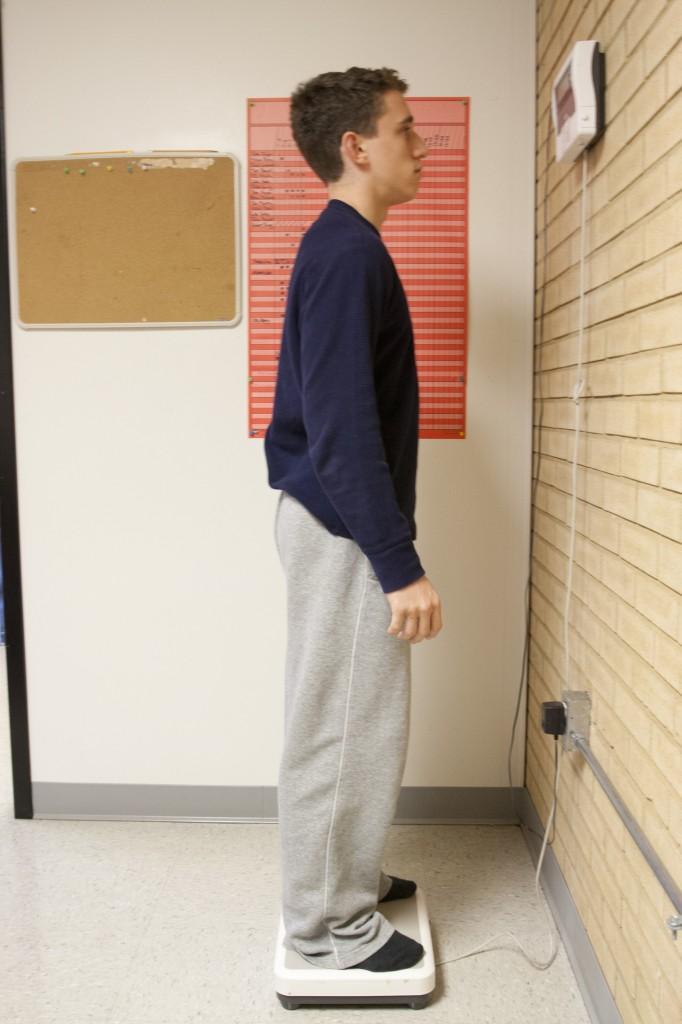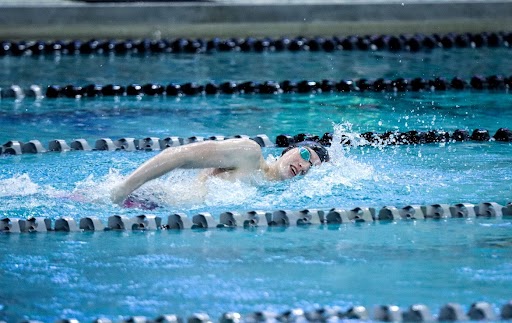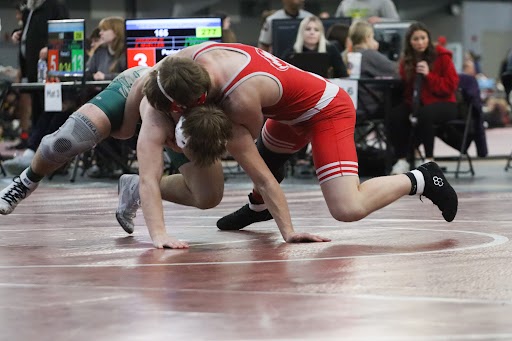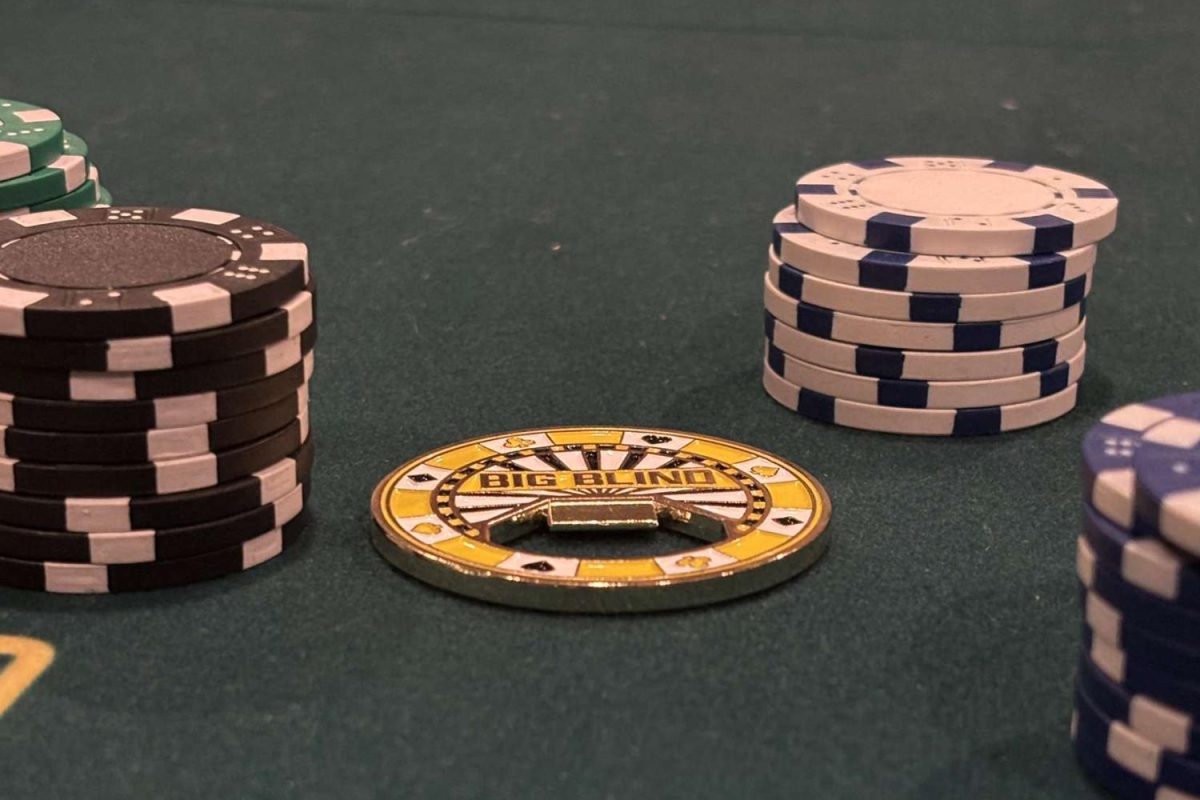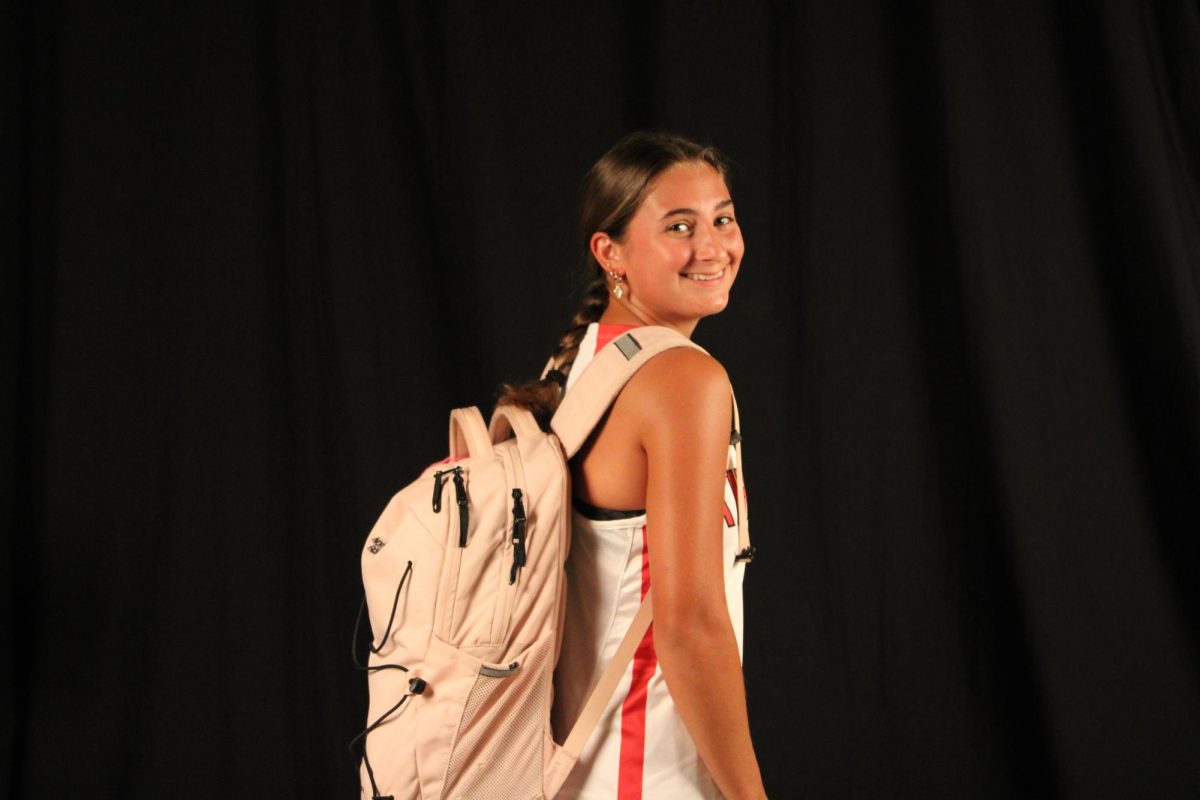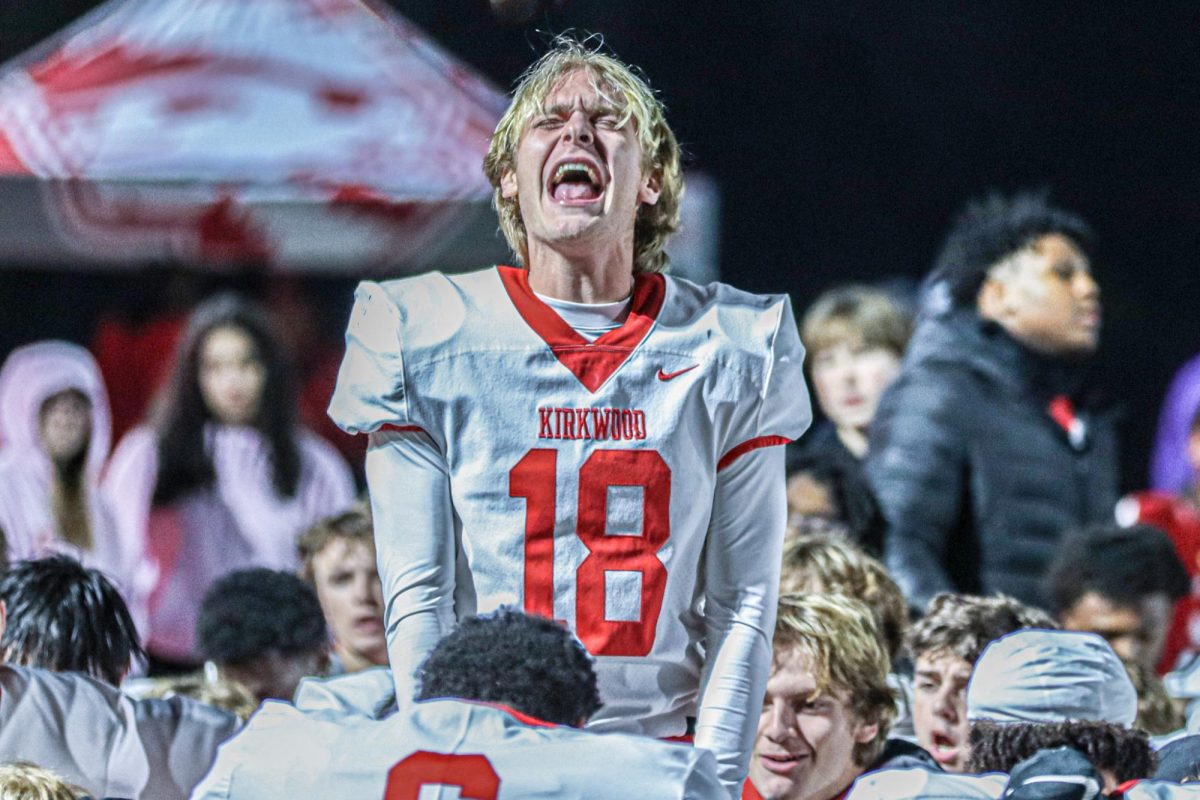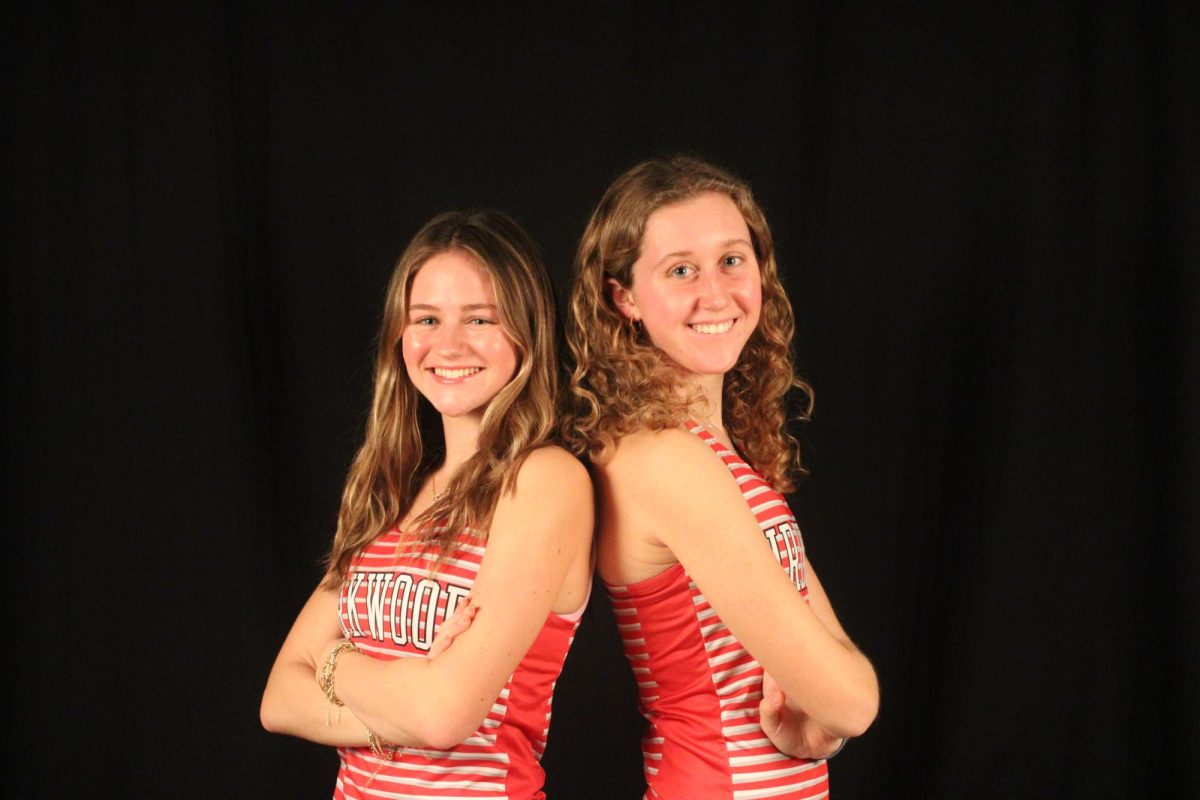Laying flat on his back, Sam Toigo could not stand up on the Webster Groves wrestling mat. Though he had lost in overtime, Toigo was winning the match before suddenly losing all of his energy and strength. This was an unusual feeling, according to Toigo, as he has wrestled on varsity since his freshman year.
“That was kind of a bad experience,” Toigo, junior, said. “I felt awful. I felt like I was gonna pass out, and I almost did pass out.”
Toigo was carried off the mat by his father and the Webster trainer and taken to the hospital for dehydration. The lack of water in Toigo’s body was due to cutting too much water weight before the match.
Now Toigo eats five small meals a day. He does not eat fast food. He does not drink soda. These restrictions are aspects to a diet he uses for wrestling.
“Right now I put myself on my dad’s diet because it’s high protein, low fat. I get to eat more, but I obviously get to lose weight at the same time,” Toigo said.
Many wrestlers at KHS are on diets such as Toigo’s. All share a common goal: to make weight. To make weight is to have the correct range of weight when a wrestler weighs in before a match. There are 14 weight classes for high school wrestlers, and making weight determines whether or not a wrestler can wrestle that day.
Toigo had not always followed the guidelines of dieting. Weigh-in days then became a hectic struggle to make weight.
“Last year I was kind of stupid with what I was doing,” Toigo said. “I’d eat less, and I’d eat whatever. And then I’d just cut weight however much I needed the day of. But that’s not very smart, and it’s unhealthy.”
Toigo’s dehydration incident last year was a result of him cutting too much water weight instead of real fat the day of his match.
Craig Dickinson, KHS head wrestling coach, preaches the importance of being hydrated since some wrestlers might lose three to four pounds of water during a practice. He tells his wrestlers to not only hydrate hours before practice, but to be drinking water during lunch and throughout the day.
“Your body is mostly made up of water so it is extremely important that you’re hydrated,” Dickinson said. “If you aren’t hydrated and you’re losing three pounds of water weight then you’re going to get light-headed and you aren’t going to have energy. Your hydration is key to your workout and is also key to your performance.”
When wrestlers choose to cut water weight rather than fat, Dickinson refers to it as yo-yo-ing. Yo-yo-ing happens when a wrestler does not eat right but still tries to exercise his weight down. The wrestler’s weight will go up and down like a yo-yo, hence the name.
However, there are other ways a wrestler might have trouble managing his weight.
“Wrestling goes through the holidays so you’ll have a kid go home and eat all his Christmas cookies and all this other stuff,” Dickinson said. “They don’t do a good job so they will gain a couple pounds through the holidays. Then all of the sudden we will have a tournament and they will be over their weight class and then they try to drop two pounds a day. That’s not a good situation.”
Now that he is not cutting water weight and he is dieting properly, Toigo believes his wrestling will improve.
“[My diet] gives me a lot more energy than if I just ate fast food,” Toigo said. “Fast food would just slow me down but dieting makes me faster. I feel better all the time.”
Dieting has affected more than Toigo’s dinner plate. He will sometimes find himself in a situation with his friends where he cannot eat the same food as them.
“I used to feel like I’d miss out like when my friends would go to Taco Bell or something. But now I just feel kind of gross when I eat that stuff anyway, so I don’t feel like I miss out anymore,” Toigo said.
The choice to go down a weight class and dieting is the wrestler’s decision and not the coaches’.
“My thing is I always let them decide for themselves,” Dickinson said. “I just make sure they are aware of their options and what their choices are. Sometimes I involve the parents too, because they want to make sure their kids are making healthy choices. It’s never me telling them what weight class they need to go to.”
If a wrestler says he will make a certain weight class, Dickinson enforces that the wrestler must be at that weight come weigh-in day.
The seriousness of dieting is why Dickinson believes it is for the more older and experienced wrestlers.
“Once you start getting competitive with medals and state championships on the line, that’s when you’ve got to be more disciplined,” Dickinson said. “You’ve got to diet.”
Dickinson knows how to help wrestlers manage their weight because he had to diet when he wrestled in high school and college.
“I know what it’s like to not have an apple during lunch,” Dickinson said. “I’ve experienced it. It’s probably the least favorite part of the sport. But I try to keep my kids healthy.”


